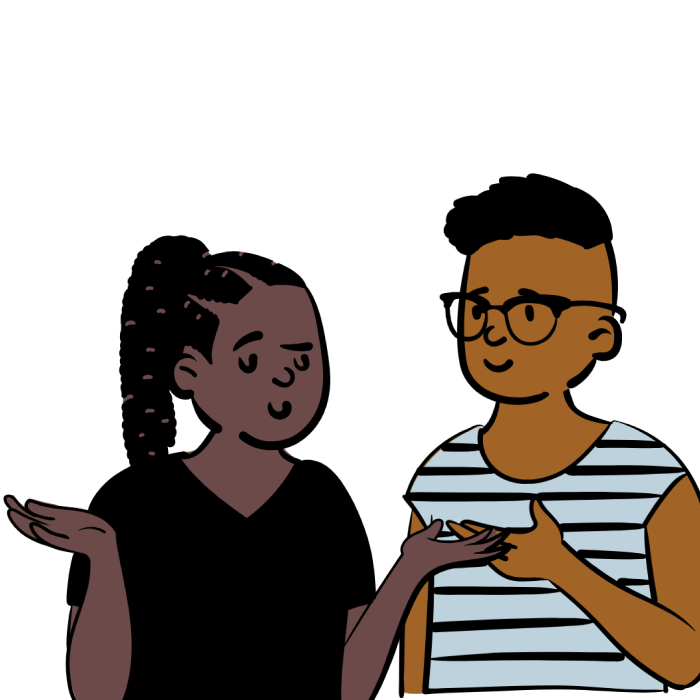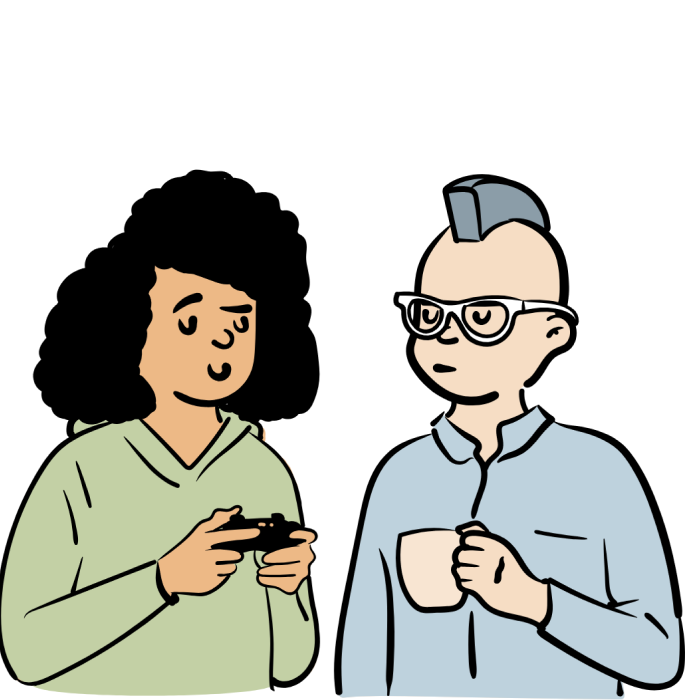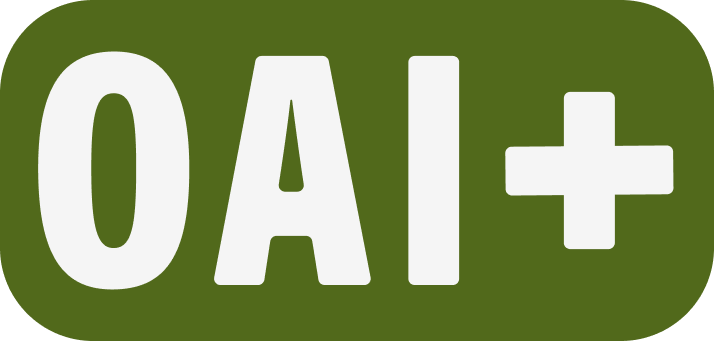
Contributors:Kari Goin, Sophia Ryker
There is a growing movement to not only include but also involve students in curricula decisions. Students in higher education have challenged the notion that they are customers receiving a transactional education and instead call for higher levels of participation and agency in their learning (Matthews et al., 2017). Students collaborating with institutions, programs, and faculty to design curricula is a framework known as students as partners, or student-faculty partnerships. At Portland State University, student body President Nya Mbock has called for more student involvement with faculty in the curriculum (Swordfisk, 2021).
Positive outcomes of student-faculty partnership include increased student engagement, motivation, and ownership for learning, a positive shift of power dynamics between faculty and student (toward more equitable power), engagement and empowerment for students who are historically excluded, and increased student confidence and self-determination (Cook-Sather et al., 2014).
With any approach to curricula, the intention of including students can end up harming students. It’s important to set intentions, to be transparent, and to reflect on how power affects the partnership. Without these intentional pieces, partnership work may end up tokenizing students and essentializing the student experience (Cook-Sather et al., 2014; de Bie et al., 2021). As a result, and despite good intentions, partnerships can reinforce the inequitable learning environments that they seek to disrupt. For example, partnership work may focus on an increased sense of belonging for students, which may be problematic when the institution students are invited to feel connected with has a history of erasure and colonization for some student populations (de Bie et al., 2021).
Example Partnership Approaches
Here are three examples of partnership approaches you can include in your own practice:

Student-faculty course design
This happens before a course is taught and when you are designing the course. A student or group of students collaborate with the faculty member on the design of a course. This might include a redesigned syllabus or elements such as course outcomes, a course assignment, or an entire course.

Students create and choose
This includes students in a course you are teaching. This might include having students choose the weekly discussion topics or create and vote on quiz questions, embedding students’ social bookmarking annotations to shape course content, or having students collaborate to create course content (Cook-Sather et al., 2014).

Partnerships in assessment
Invite students to identify grading criteria for an assignment or final essay or invite students to co-assess their own final presentations. Another example is to bring a rubric with past student papers (used with permission) and have current students grade the papers based on that rubric. Have a discussion about the rubric and invite students to offer suggestions on adapting it for their course term.
Getting Started
Step 1
Begin by reflecting on how you currently involve students in your curriculum.
Step 2
Create a list of when students get to make decisions within your curriculum. (If this is currently “never,” consider starting with a negotiated syllabus.)
Step 3
Acknowledge that this iterative process never really ends.
Examples in Practice

Provide a diversity of materials in formats that remain consistent from week to week. Students choose which materials to engage with to learn the concepts outlined for that week. The focus of the negotiated syllabus is to highlight student agency within their learning by creating opportunities for students to choose the way they want to learn a concept.
For example, provide lecture slides, supplementary texts, and external videos covering the information being taught each week. From this collection, students can choose which items are most useful to them and will have reliable access to their preferred materials for each new topic.
Reflect on the level at which students make decisions and identify opportunities to increase student involvement: Hold a discussion with students in class to determine course learning outcomes and discuss how predetermined assignments will help the class reach their goals.
Be prepared to make small changes to assignments based on the class discussion. This is expected, as every class will have different students. The discussion may also yield ideas for new or different assignments to help the class meet their co-created learning outcomes.
Alternatively, hold a discussion with students in class to create course assignments based on predetermined course outcomes and how these assignments will help the class reach their goals.
Integrate the student voice into your course by providing ample room for identity expression and application of the material to students’ own lived experiences — in ways such as including languages spoken beyond English and encouraging cultural and community practices. This engages more parts of the brain and allows for greater communication between them, along with deeper integration of the learned material into long-term memory (Johnson et al., 2006).
This eReader is a great example of storytelling that showcases stories written by diverse students in University Studies courses at PSU:
Develop a syllabus, in partnership with students, that reflects your collective values. Co-creating a syllabus is a chance for students to democratically participate in their own learning. It signals that a course is designed to share power and encourage not only student involvement but also engagement and agency.
The syllabus might include co-created community guidelines, flexible deadlines based on the class’s needs for that quarter, or opportunities for students to self-grade. You might also consider including a list of linked resources (where to find cost-considerate course materials, necessary technology, internet access), a land acknowledgement, and an acknowledgment of bias.
Cook-Sather, A., Bovill, C., & Felton, P. (2014). Engaging Students As Partners in Learning and Teaching : A Guide for Faculty. John Wiley & Sons. https://ebookcentral-proquest-com.proxy.lib.pdx.edu/lib/psu/detail.action?docID=1650837
De Bie, K., Marquis, E., Cook-Sather, A., & Luqueño, L. P. (2021). Promoting Equity and Justice through Pedagogical Partnership. Stylus. https://ebookcentral-proquest-com.proxy.lib.pdx.edu/lib/PSU/detail.action?docID=6647714
Johnson, S., & Taylor, K. (2006). The Neuroscience of Adult Learning: New Directions for Adult and Continuing Education. Wiley. https://search.library.pdx.edu/permalink/f/p82vj0/CP71182273540001451
Matthews, K. E., Groenendijk, L. J., & Chunduri, P. (2017). We Want to be More Involved: Student Perceptions of Students as Partners Across the Degree Program Curriculum. International Journal for Students As Partners, 1(2). https://doi.org/10.15173/ijsap.v1i2.3063
Swordfisk, K. (2021, September 27). In pursuit of student success: ASPSU president prioritizes student involvement, improving the post-COVID learning environment. PSU News. https://www.pdx.edu/news/pursuit-student-success
Learn More Elsewhere
The Teaching and Learning Institute at Bryn Mawr and Haverford colleges
You might also like
👋Need more help?
Submit a support request through our Faculty Support portal for assistance.















